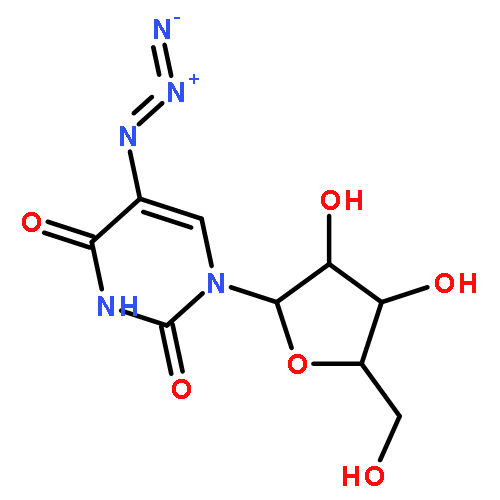Co-reporter: Jessica Zayas, Marie Annoual, Jayanta Kumar Das, Quentin Felty, Walter G. Gonzalez, Jaroslava Miksovska, Nima Sharifai, Akira Chiba, and Stanislaw F. Wnuk
pp: 1519
Publication Date(Web):June 18, 2015
DOI: 10.1021/acs.bioconjchem.5b00300
Strain-promoted click chemistry of nucleosides and nucleotides with an azido group directly attached to the purine and pyrimidine rings with various cyclooctynes in aqueous solution at ambient temperature resulted in efficient formation (3 min to 3 h) of fluorescent, light-up, triazole products. The 2- and 8-azidoadenine nucleosides reacted with fused cyclopropyl cyclooctyne, dibenzylcyclooctyne, or monofluorocyclooctyne to produce click products functionalized with hydroxyl, amino, N-hydroxysuccinimide, or biotin moieties. The 5-azidouridine and 5-azido-2′-deoxyuridine were similarly converted to the analogous triazole products in quantitative yields in less than 5 min. The 8-azido-ATP quantitatively afforded the triazole product with fused cyclopropyl cyclooctyne in aqueous acetonitrile (3 h). The novel triazole adducts at the 2- or 8-position of adenine or 5-position of uracil rings induce fluorescence properties which were used for direct imaging in MCF-7 cancer cells without the need for traditional fluorogenic reporters. FLIM of the triazole click adducts demonstrated their potential utility for dynamic measuring and tracking of signaling events inside single living cancer cells.
